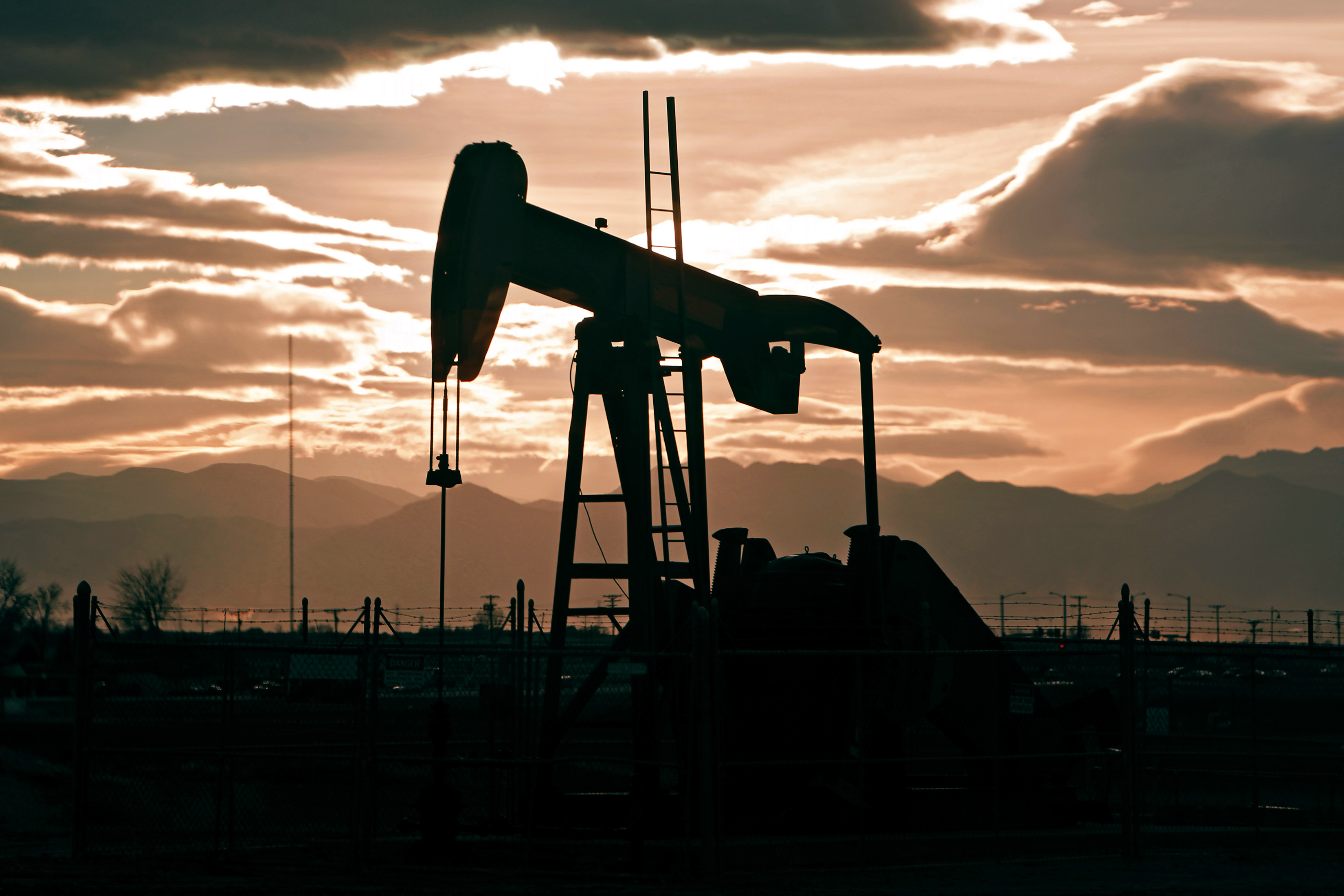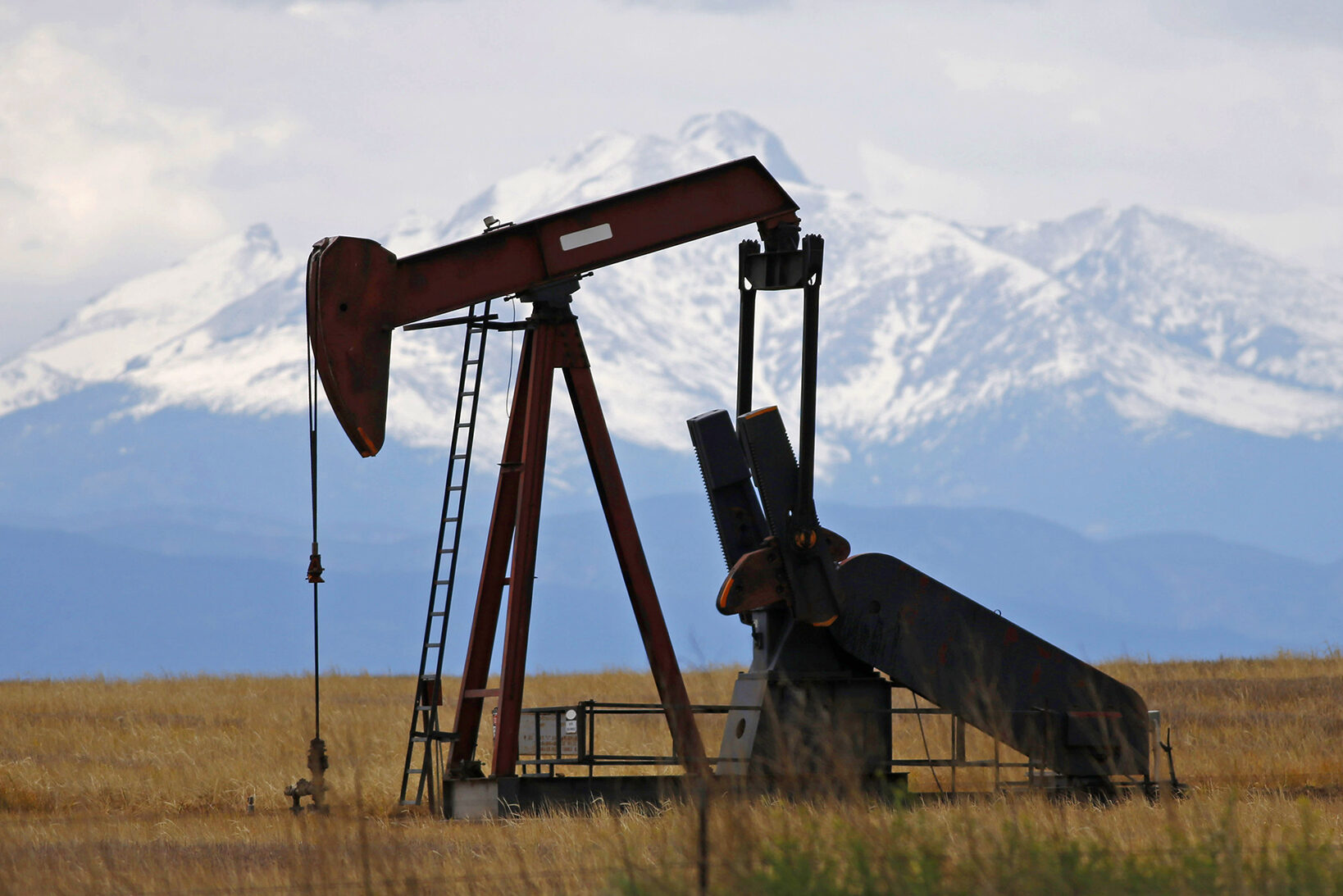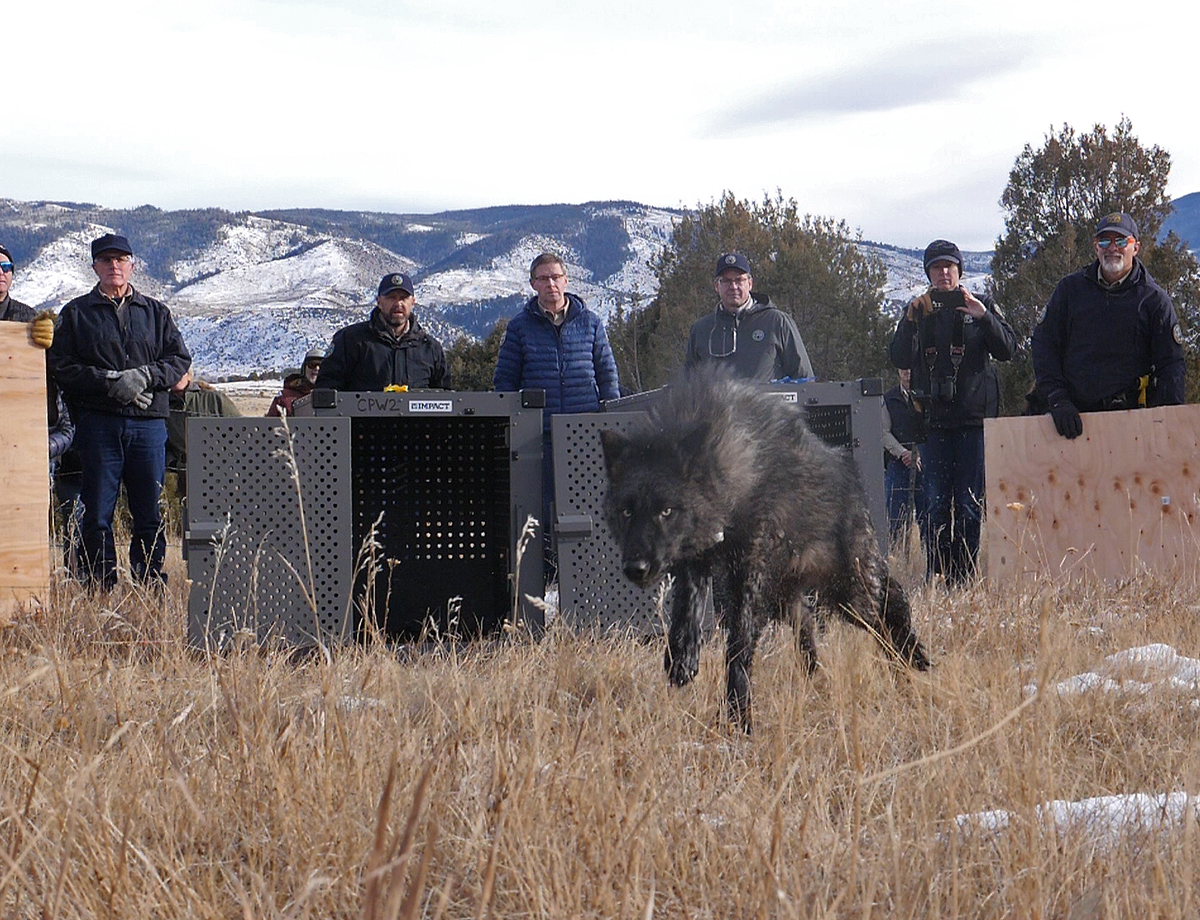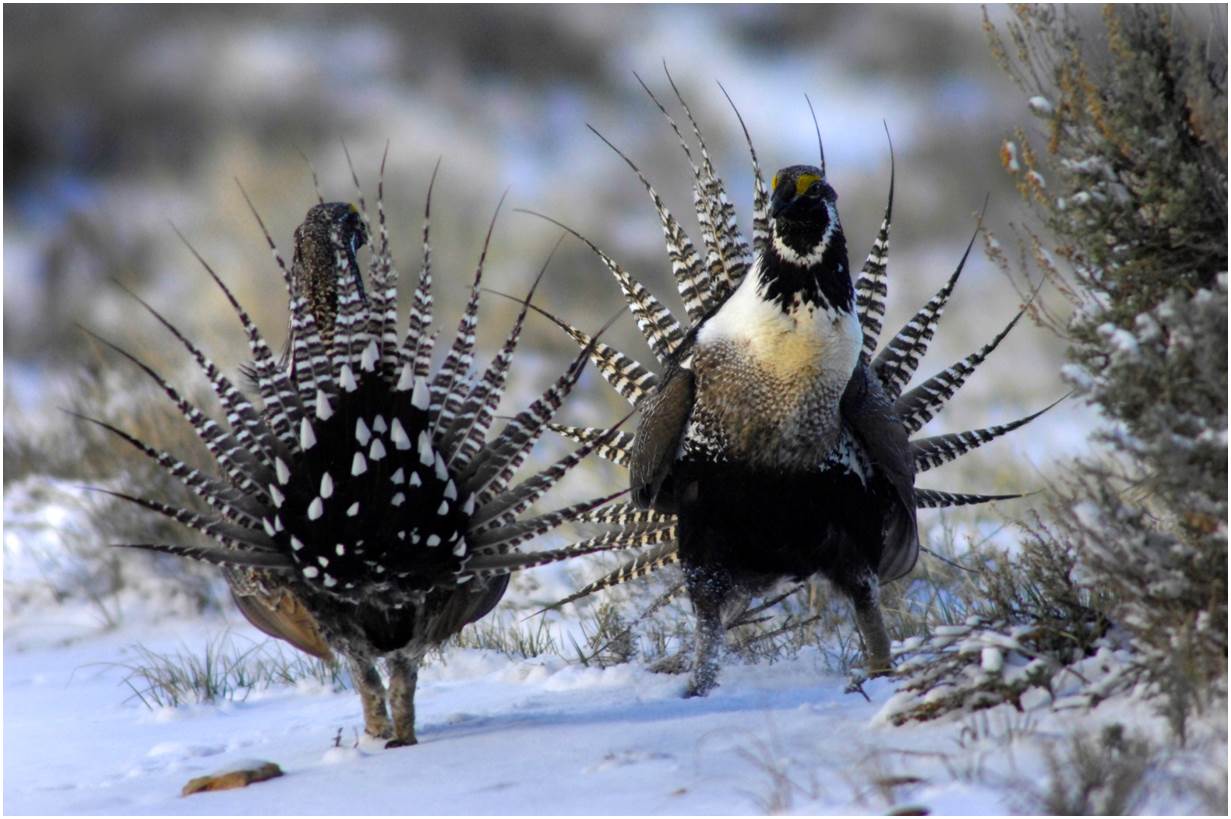
The Environmental Protection Agency issued rules Tuesday aimed at cutting methane emissions coming from the oil and gas industry, but they’re unlikely to have much impact on Colorado.
Under the proposal, the oil and gas sector would have to reduce greenhouse gas releases by 40 to 45 percent over the next decade, compared to 2012 levels. To do that, the EPA will require companies to monitor methane emissions, fix leaks and install technologies that limit the release of the greenhouse gas.
Methane is a target for regulators and scientists because of its power to warm the planet. While carbon dioxide is by far the most common contributor to climate change, methane is 25 times more potent.
Colorado officials say the state is ahead of the game when it comes to meeting the EPA’s targets. That’s because last year, Colorado became the first to require companies to cut the amount of methane lost at well sites and compressor facilities.
“Our expectation is that our state rules will put our operators in a position where essentially they can already comply with these rules, or they’re in a much better position to comply," said Will Allison, director of the Air Quality Control Division.
Allison says that while it was drafting its national rule, EPA officials reached out to Colorado to learn more about the state’s program.
The Colorado Oil and Gas Association says it's still reviewing the potential impact of the EPA rule on its members. Other industry voices weren't so cautious.
Kathleen Sgamma of Western Energy Alliance pointed to voluntary measures within the oil and gas industry that have already cut the industry's methane emissions 16 percent since 1990.
"Now the EPA wants to glom onto that success by adding costly red tape," she said in a statement, adding that the new rules would weigh down the flexibility private companies have brought to the problem.
Meanwhile, environmental advocates told the New York Times that the rules don't go far enough. The EPA rules target mainly new wells, but existing wells are responsible for most emissions. Those avoid the regulations.
In this area, Colorado's rules are more stringent; they require companies to reduce pollution from all existing wells and compressor stations.
The rules would have to survive a public listening session and likely lawsuits before taking effect next year.
New culprit in hunt for fugitive methane
On the same day the EPA released its rule, CSU scientists announced that methane pollution from further along in the natural gas production process is significantly worse than previously estimated.
The CSU study looked at emissions from collection facilities where gas from multiple wellheads feeds into pipelines. Researchers found that methane released at those sites could equal nearly a third of the industry's total emissions of greenhouse gasses.
"We are getting much higher emissions from our estimate than what's currently reported to the greenhouse gas reporting program," said Anthony Marchese, the lead researcher of the CSU study, which is published in the journal Environmental Science and Technology. “It's definitely an area that we need to look at more closely."
The Environmental Defense Fund financed the study; it’s one of sixteen research projects EDF and oil and gas companies are collaborating on to better quantify the industry’s emissions.
Colorado’s rules don’t address fugitive methane escaping from collection facilities. The EPA's rule, if implemented, would apply to these sites, but only to new or expanded ones.
“We’ll certainly be interested to see those studies and whether they should inform any additional actions, either at a state or federal level,” said Colorado Air Quality Control Division head Allison.









